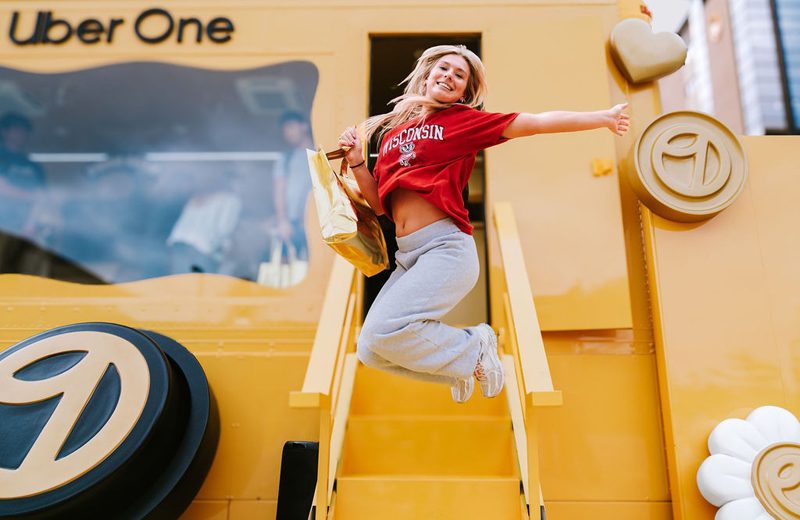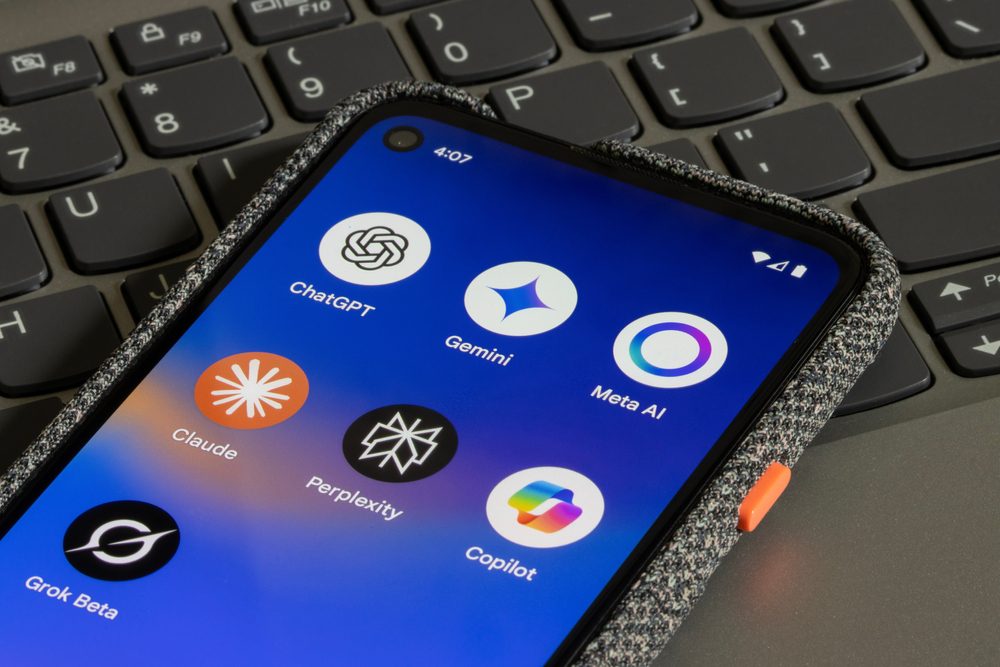The only thing harder than trying to sum up 1997’s sampling programs in a single story is trying to put a value on the category. Programs can range from old-fashioned handouts in supermarkets to giveaways with the morning newspaper to a free loan of a Polaroid camera to college kids.
The category rose 9 percent in 1997 to $924.8 million. Spending in ’97 was up $68.5 million from 1996’s $856.3 million.
While adding up the spending in sampling is difficult, assessing the health of the category is as easy as finding a free AOL disk in the mail. Sampling is everywhere you look, from traditional in-store programs to in-airline programs to Internet sites that offer free samples of a variety of products.
“Manufacturers are desperate to get trial. There’s a lot of new products and sampling is the fastest and most cost-effective way to convert customers,” says Art Averbook, president of Co-Op Promotions and co-chair of the PMA’s Product Sampling Council.
The recent sampling trends have grown stronger: Manufacturers are sampling in more venues than ever before; they are trying to cut costs by making programs co-op; and they continue to look for ways to better target their programs.
While in-store sampling still dominates the market, its high-cost coupled with decreasing profit margins for suppliers has left its growth flat. Manufacturers eager to do demos and sampling in-store continue to be frustrated by retailer access fees – as much as $50 per sampler just for permission to stand inside the store. Marketers consider the fees a necessary evil, like slotting fees. The end result, though, is that access fees come straight off the top of demo budgets, so brands get less sampling coverage for the same cost.
The co-op bug has even landed in-store as many retailers are opting to give customers a goody bag filled with samples as they leave. This dramatically cuts manufacturer costs and store owners like the added value it gives their customers.
Not all in-store sampling has to be done live, though. Averbook’s company has done some innovative in-pack sampling, offering more targeted delivery. Nuprin put its pain reliever in packages of Ace bandages to target males 25 to 64 while Molly McButter dropped packets of the butter substitute in one million brown rice packages to corral healthy females.
In-home sampling is the second biggest sampling segment. Newspapers remain the fastest-growing new venue. Sunflower Group’s SamplePouch newspaper delivery bag boasts more than 90 percent recall from customers, is cheaper than direct mail, and can be included with on-bag advertisements and coupons.
The company’s MarketSmart Targeting program uses a variety of sources, starting at the Zip+4 level, to better define the people who will receive a specific sample. Samples can run from men’s ties (given away last Father’s Day by Absolut vodka) to cereal samples.
International Direct Response has made a business out of including samples with items bought from more than 1,000 catalogs. By narrowly defining a target, the company was able to drop more than 300 million samples into mailed orders in 1997, one sample at a time.
A woman buying a dress from Newport News, for instance, received a shampoo sample, while people buying vegetable seeds got salad dressing packets.
Some Internet sites are devoted just to samples. Consumers are able to log on and request what samples they want from the available selection. Like most marketing on the Internet, the promise of this technology is brighter than the actual participation.
Outside is in Out-of-store sampling is the smallest sampling segment, but the fastest growing.
Snyder Communications, one of the leading sampling companies, made itself stronger in 1997 by purchasing Sampling Corp. of America and the U.K.-based Bounty Group Holdings.
The company’s net revenues have soared from $187 million in 1995 to $333 million in 1998, thanks to 46 sampling programs that hand out 390 million items through 230,000 venues. And if you still think samples are part of the promotional trinkets-and-trash division, just check out the company’s Board of Directors, including Mortimer B. Zuckerman, chairman of both New York’s Daily News and U.S. News and World Report, and Philip Guarascio, vp of marketing and advertising for General Motors.
“Sampling Corp. of America will allow us to better reach teens. They understand that market,” says Snyder Marketing Services gm Alfred Weiss. Snyder’s programs will now reach 80 percent of the teen market. Snyder’s new mom programs haven’t grown because the birth rate has held steady, Weiss says, but the company’s college marketing programs have benefited from the boon in that age group.
Even Snyder is backing away from mass programs and targeting its programs, especially through doctors’ offices. “There’s a tremendous implied endorsement,” Weiss says. “Patients feel like a gatekeeper they trust is recommending the products.” Similarly, the product packs handed out at more than 18,000 daycare centers across the country have implied approval, he adds.
In 1997 Polaroid took its new look cameras on the road, letting college students on spring break test the camera and film. The event worked so well the Cambridge, MA, company went back on the road this year, making 12 stops in a custom-painted van. “We’re trying to get instant photography back in people’s minds,” says spokeswoman Arlene Henry. “The reaction has been amazing.”
Sampling is showing no signs of slowing down in 1998. This year began with a program similar to thousands of other sampling campaigns. A company with a new product gave away free samples to gain trial.
The reason Burger King’s Free FryDay is likely the biggest one-day sampling program of the year was all about numbers and promotion. The Miami-based company gave away a small order of fries to each customer who entered its 7,600 restaurants on Friday, Jan. 2. Not only did BK hand over 15 million samples of its fries, but it did so with a boast, telling the country – in a $70 million marketing campaign – that its new fries were better than McDonald’s.
While BK knew the program would be expensive – small fries cost about $1 each – spokeswoman Kim Miller said BK recouped the money that day through increased orders of other food. More importantly, the percentage of BK customers buying fries increased several percentage points in the months following the handouts. With as much traffic as BK gets, that’s a significant jump, Miller adds. “It was an event. People were part of history.”
* Target Marketing’s research shows that women (61%) were more likely to use samples delivered by mail than men (56%), but men (67%) were more likely to use hand samples than women (59%)
* Even Lego got into the sampling act in 1997, giving out 1.7 million samples of its Freestyle line with Jack-in-the-Box Kids Value Meals.
* Snyder Communications, Inc. increased its sampling reach by buying Sampling Corp. of America and the U.K.-based Bounty Group Holdings.
* International Direct Response mailed out more than 300 million samples last year through purchases from 1,000 catalogs.

 Network
Network

